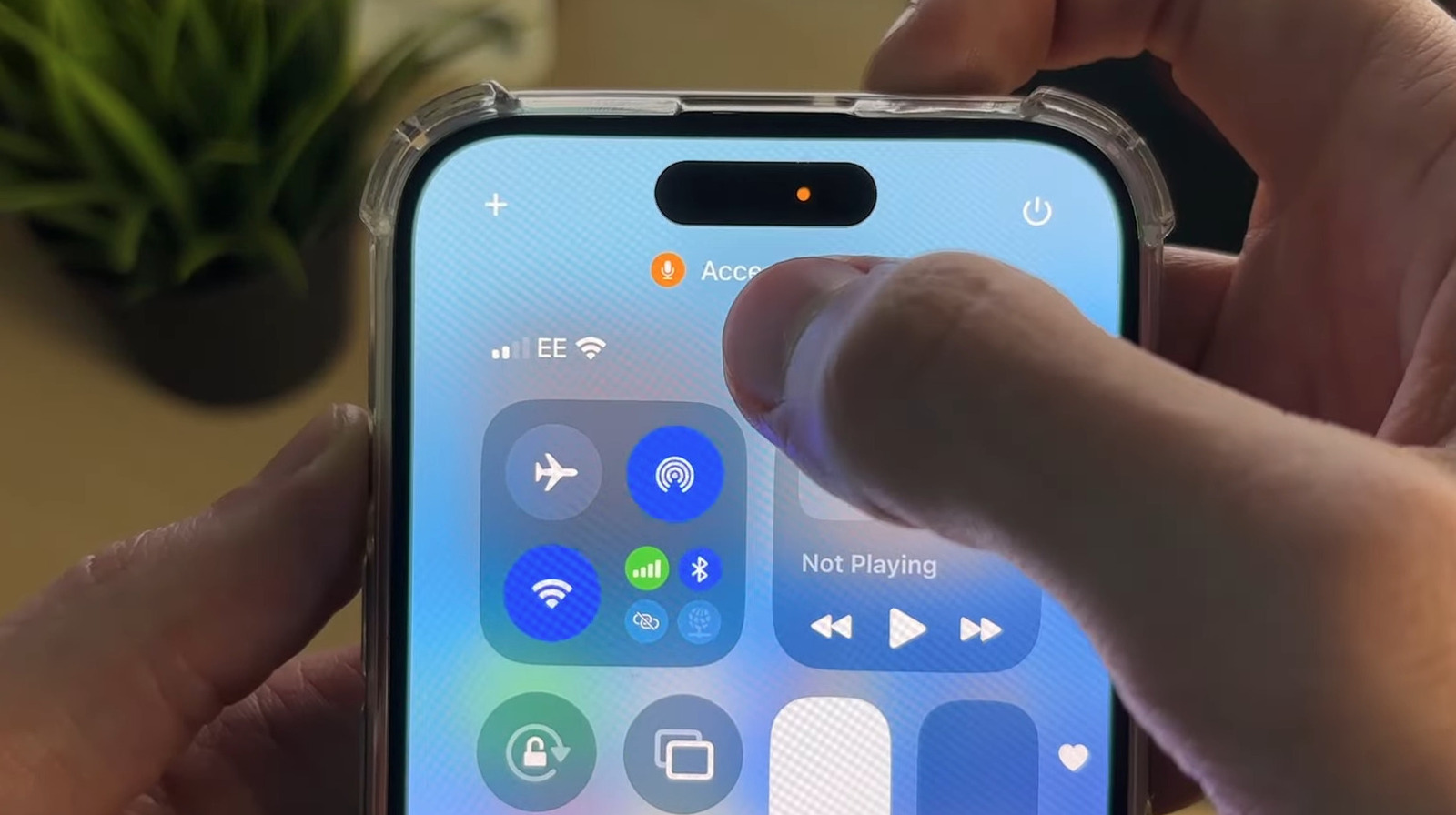Tired of paying for streaming services like Netflix and HBO Max? Maybe it’s time to set up a Plex media server. The price of entry is somewhat steep, but there are plenty of great home server deals during Prime Big Deals Day (October 7th and 8th), so now’s a good time to spend a couple hundred bucks and decouple yourself from all those monthly streaming fees.
Please note that Plex hardware transcoding and remote streaming require a Plex Pass subscription (or lifetime membership). Jellyfin is an open-source alternative without these restrictions, so you should use it if you don’t want to pay for a Plex Pass.
Get a Server or Mini PC
You don’t necessarily need a NAS or a mini PC to set up a Plex media server. In fact, any old computer can be a media server, be it an old laptop or your primary desktop computer. Just plug it into your router, set up the Plex media server software, and you’re good to go.
However, there are several benefits to a purpose-made device like a NAS or a mini PC. A NAS will give you several drive bays and specialized server software, so it’s generally the “easiest” option if you’re in this thing for the long haul. A mini PC will provide a better price-to-performance ratio, so it’s the best option if you’re on a tight budget or can’t invest in storage right now (you’ll need to buy a DAS enclosure later).
Again, if you’re using a mini PC or desktop PC as a home server, I strongly suggest pairing it with an external four-bay DAS enclosure for storage. You can also use a NAS as the storage device for your mini PC, if you happen to already own a NAS and just want a mini PC for improved transcoding.
Media servers require a large amount of storage for movies and shows. Any old 3.5-inch HDD will work in a Plex media server—storage is storage, so if you’ve got old drives collecting dust, put them to use. But if you need to buy new drives, I strongly suggest sticking with NAS HDDs, which are designed to last longer than typical desktop HDDs in a server environment. They also come with generous warranties, at least when compared to typical HDDs.
Admittedly, there aren’t too many HDD deals this Prime Day. But storage prices are on the rise due to a number of factors, so it may be wise to take whatever deals you can find and stock up on storage today.
I should also clarify that HDDs are the most cost-effective option for media storage, and that SSDs don’t really provide any benefit in the context of a Plex server. However, you can benefit from using an SSD cache, particularly when transferring or downloading large files, which is why I’ve included a discounted Crucial SSD in this list.
You’ll Need These Accessories Later—Why Not Buy Them Now?
A NAS or mini PC is all you need to set up a functional Plex server. That said, self-hosting is a hobby, and there are some accessories that you’ll almost certainly pick up at some point if you commit to hosting a Plex media server.
I think that the network switch is really the most valuable thing here—it adds extra Ethernet ports to your router, basically, so it’s a necessity if you need to maintain more than two or three wired internet connections.
Once you’ve ordered all your Plex gear, I suggest reading up to ready yourself for the setup process. It’s actually very easy to install and run Plex, but there are some common mistakes that you may make, especially if you fail to read the Plex quick-start guide.









